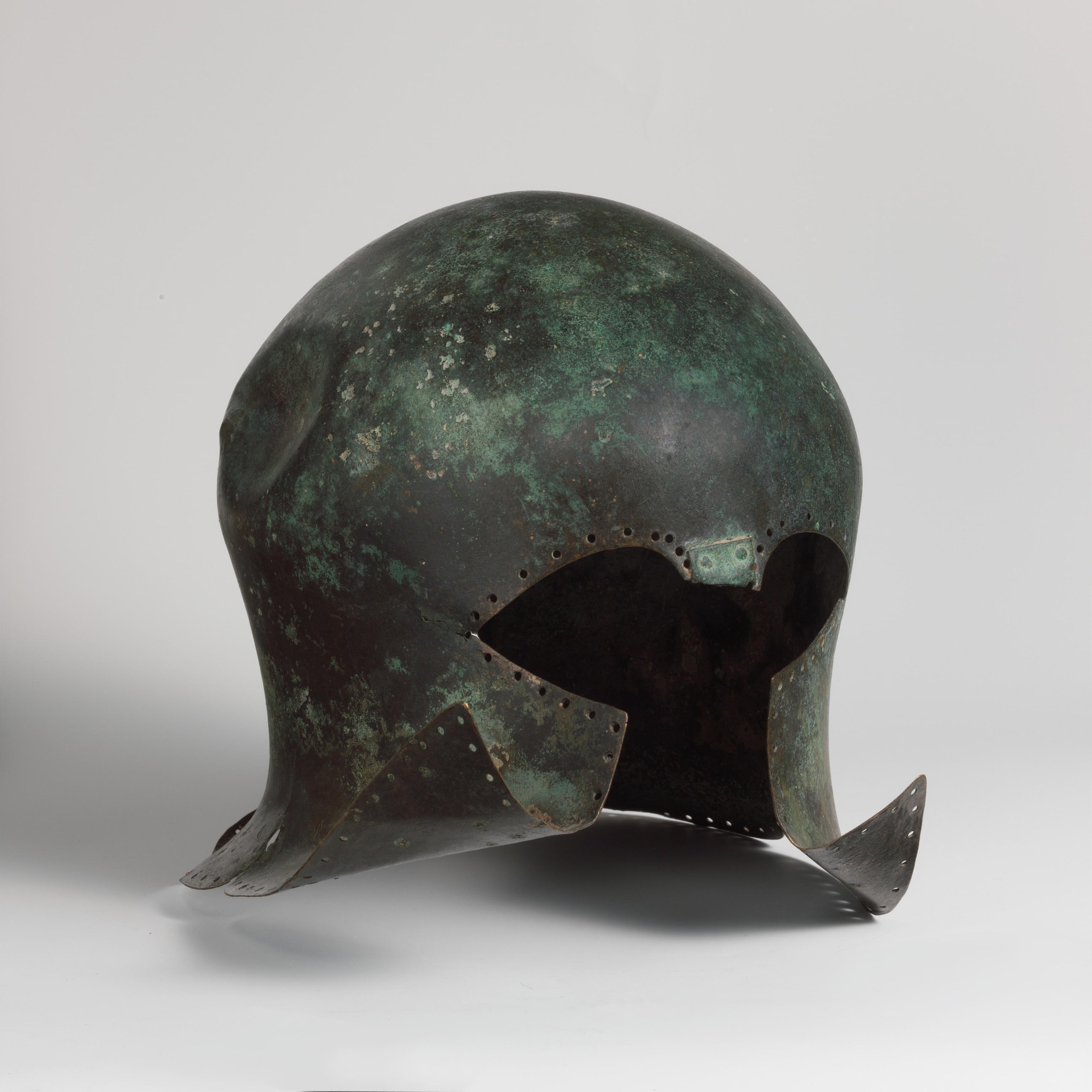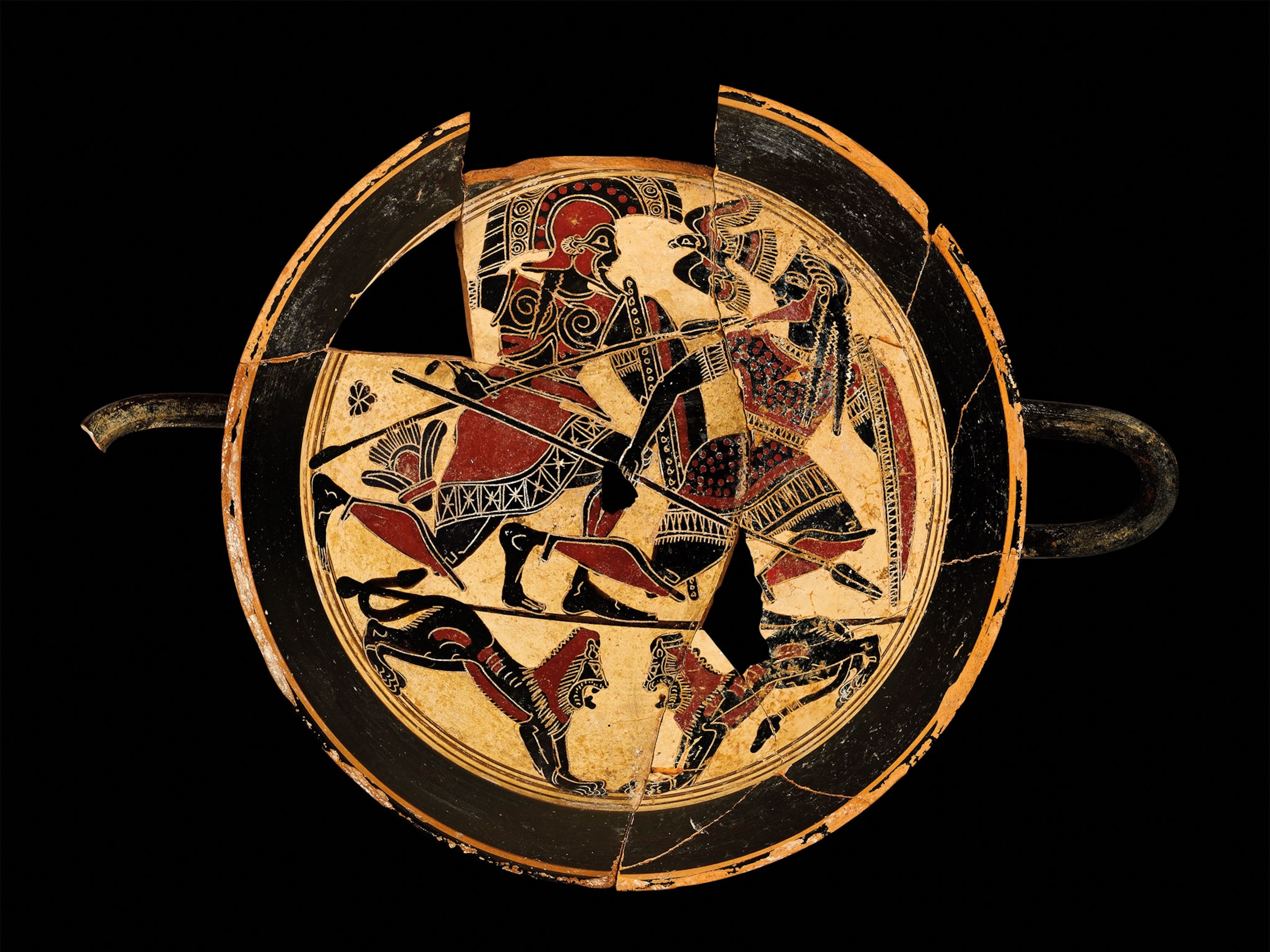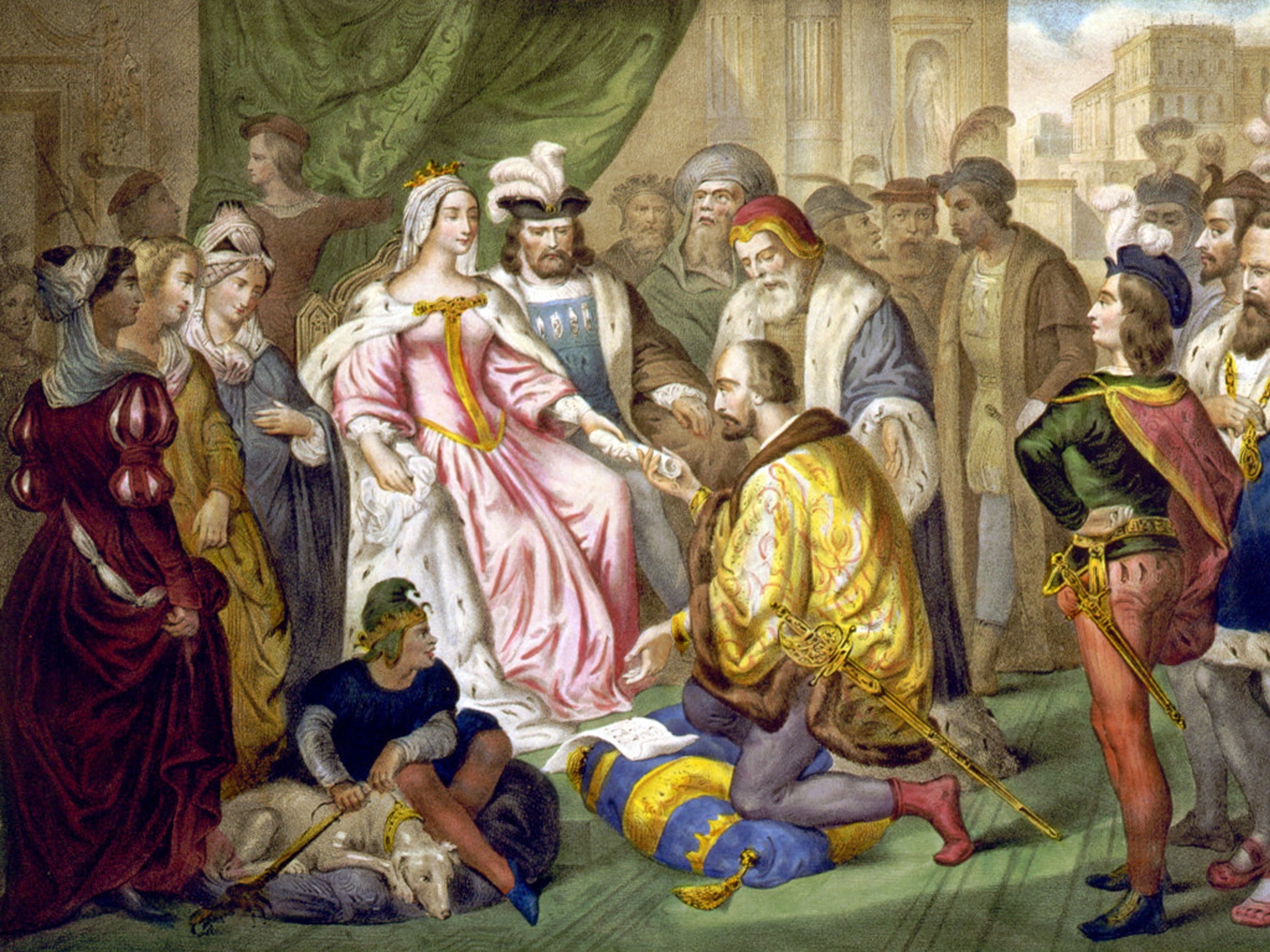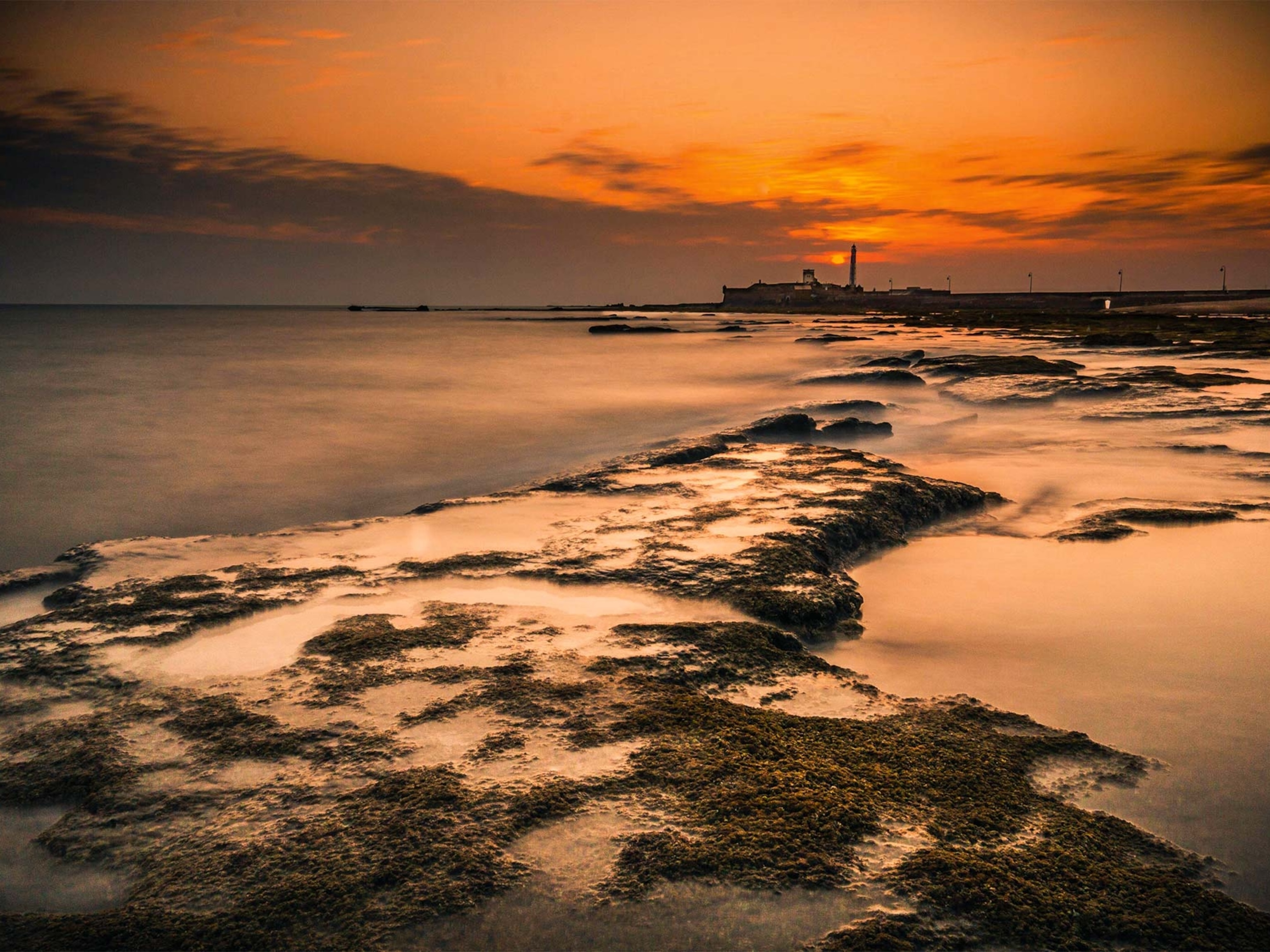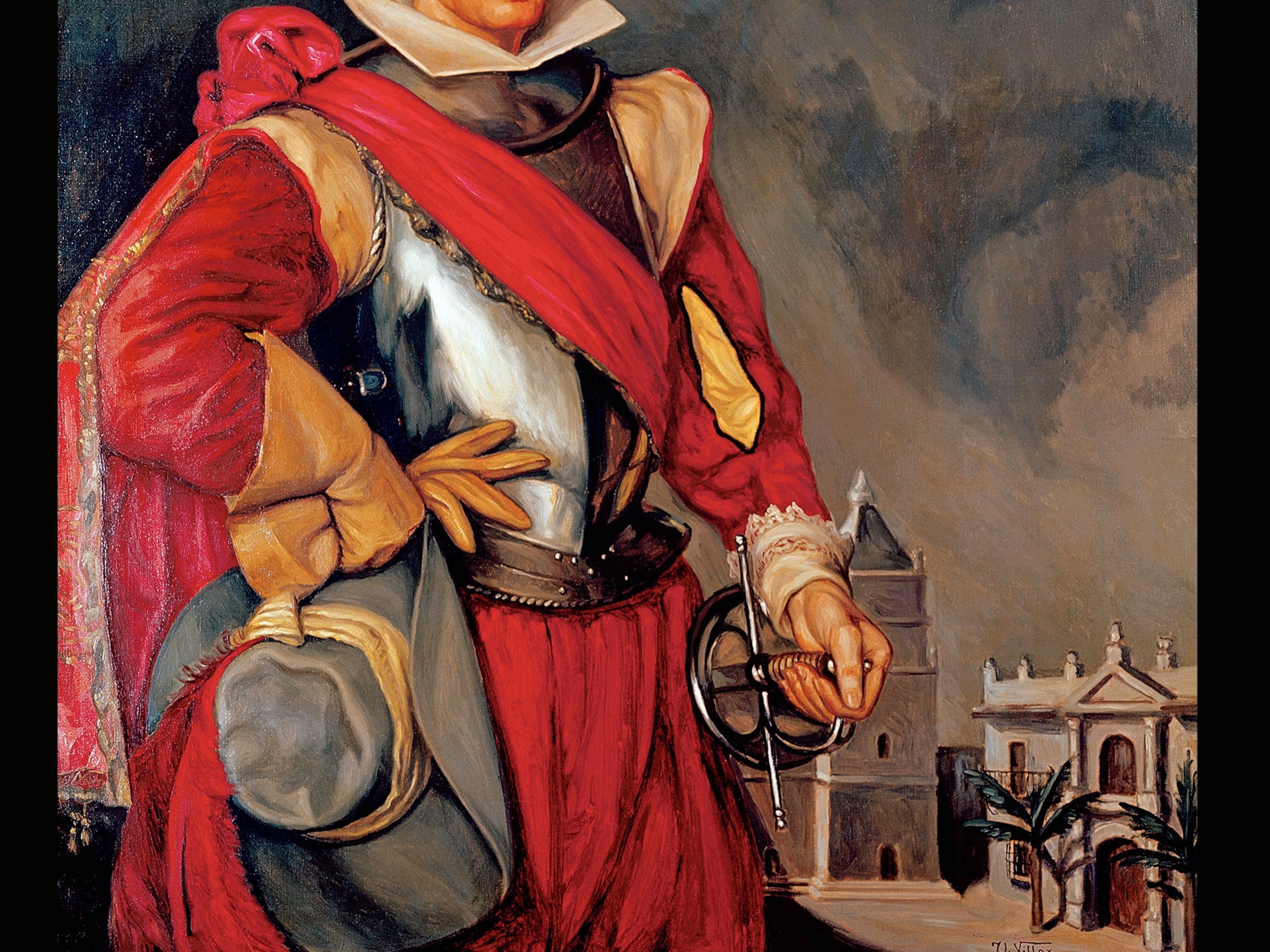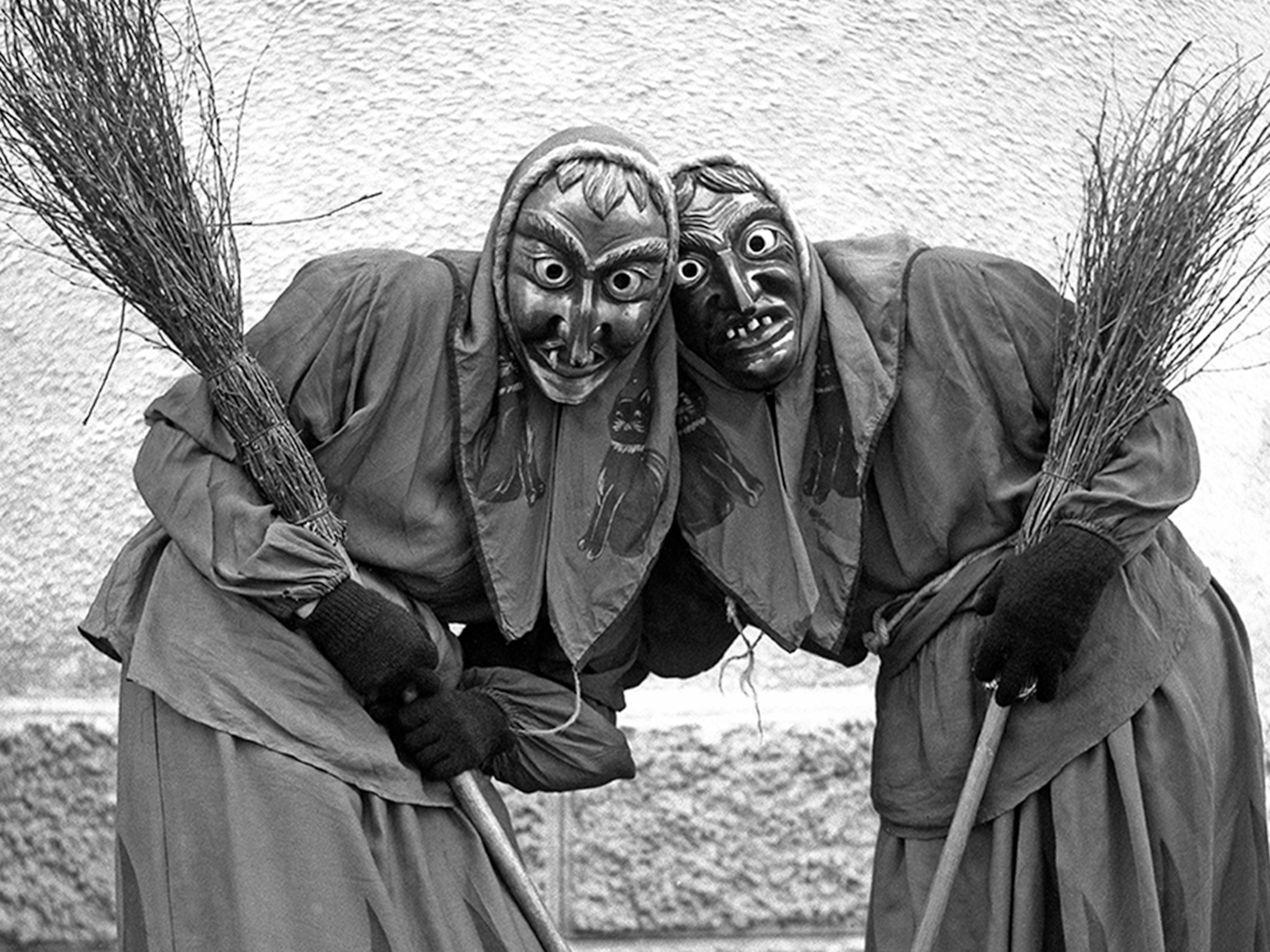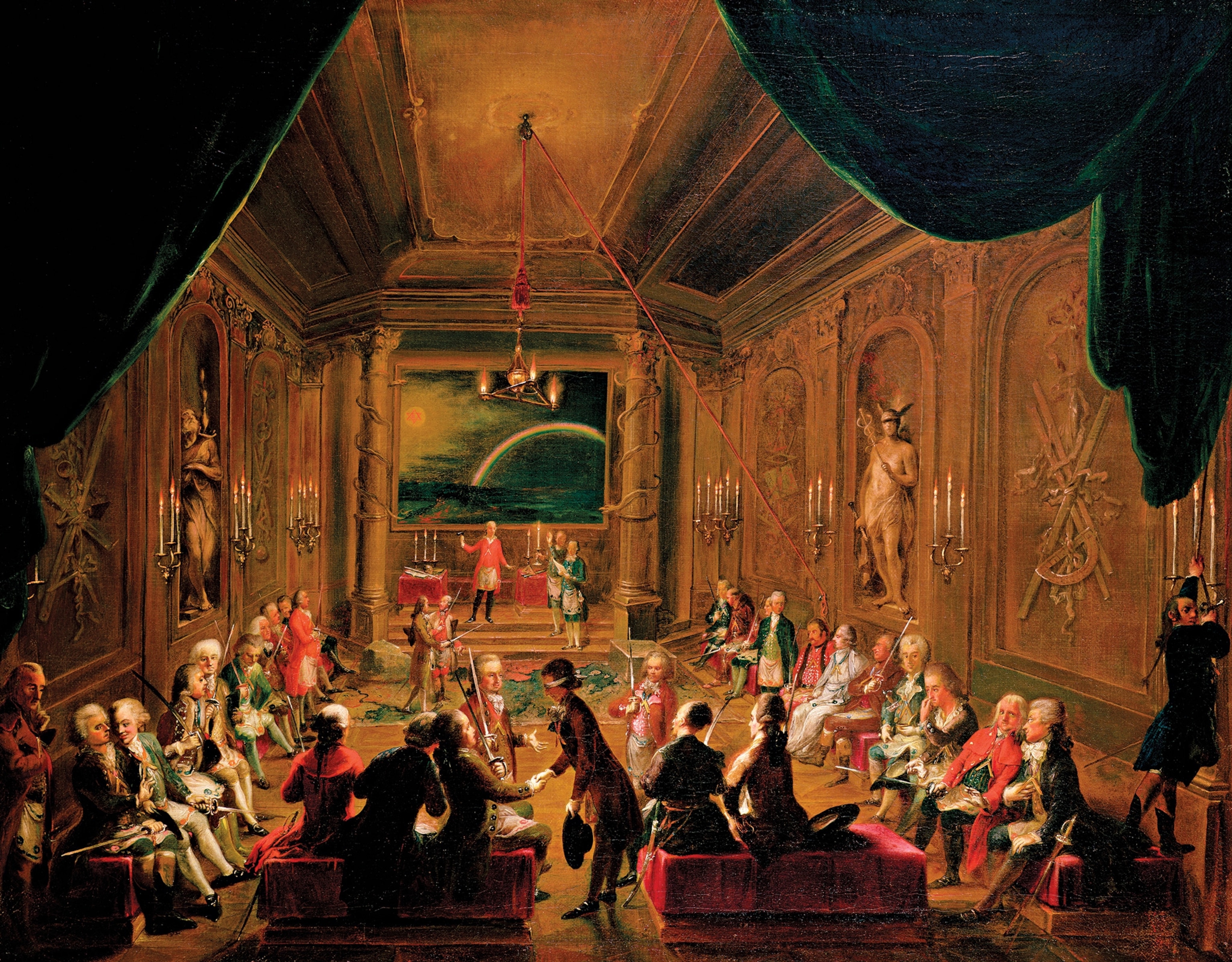
These 5 secret societies changed the world—from behind closed doors
From the Oracle at Delphi to the Freemasons, covert cults and clandestine clubs have existed in different cultures for millennia.
Secret societies have existed since the rise of the first great civilizations, ranging from religious cults to political associations to college fraternities. Including philosophers, artists, presidents, and even astronauts among their ranks, members typically conducted their business in private, hiding their activities—and sometimes their identities—from the public. Some use secret handshakes and symbols, while others wore coded clothing or jewelry. They have toppled rulers and reshaped nations; influenced writers and artists; and changed the way people think about God. And they’re still around.
What exactly were they doing in the shadows? What’s behind their mysterious rituals? Here are the real stories behind some of the most secretive societies throughout history.
(Who was Adam Weishaupt, founder of the Illuminati?)
Oracle of Delphi

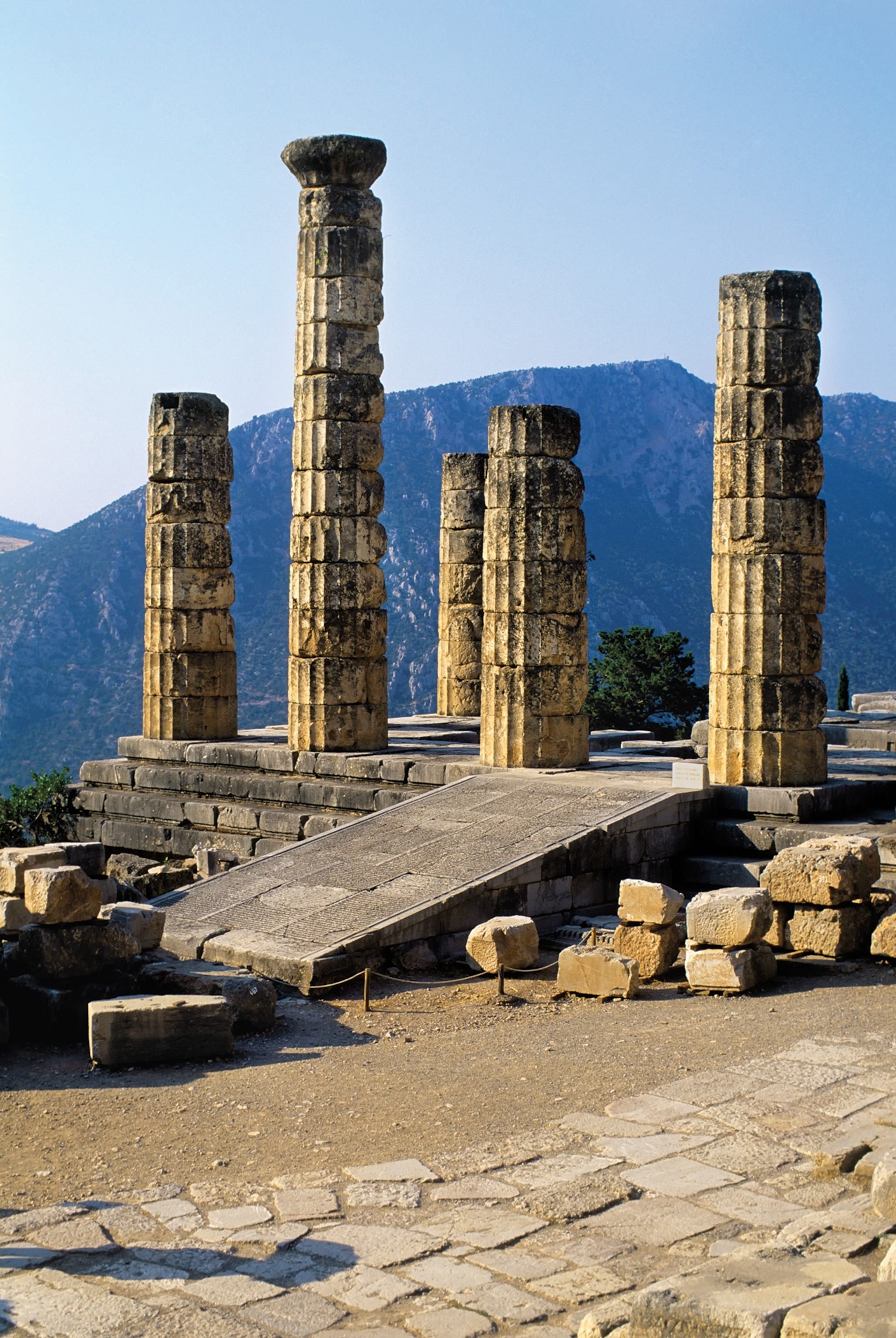
In ancient Greece, citizens who had a burning question could seek the gods’ wisdom through oracles—and there was no more influential oracle than the one at Delphi. Reaching its peak influence between the 8th and 6th centuries B.C., this massive temple dedicated to the god Apollo stood at the heart of the Delphi sanctuary that, on most days, served as a place of worship. But for nine days a year, the temple became an oracle when a special medium, called the Pythia, received a select group of visitors (who had made a sizeable donation for the privilege).
On the appointed day, Pythia, usually a young woman and Delphi native, would drink and bathe in the waters of the Kassotis Fountain. She then entered the temple to take her place in the inner sanctum, the adyton. The oracle herself never “spoke.” Instead, she entered into a trance, brought on, according to the Greek historian Plutarch, by mysterious “vapors,” writhing and convulsing as she uttered strange sounds and cries. The priests interpreted these utterances and produced a response, which gave them tremendous power—especially if the question pertained to important political matters.
(The Delphic oracle's lips may have been loosened by gas vapors.)
Forbidden love
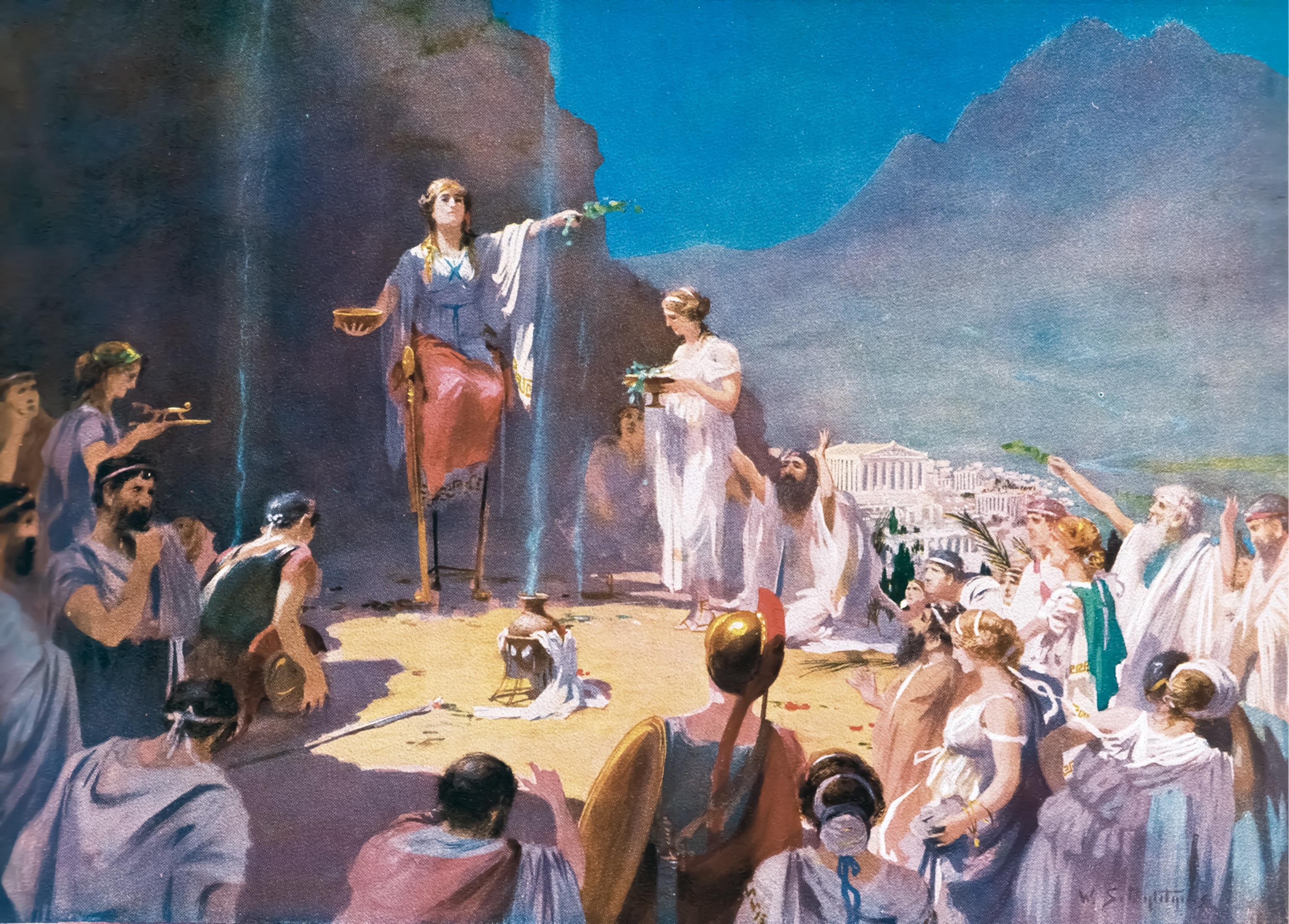
Cult of Mithras
The Mithraic Mysteries, a secret society that rose in the 1st century A.D. throughout the Roman Empire—thanks largely to its popularity among Roman troops—was inspired by an Indian-Persian divinity known as Mithra or Mithras, who was believed to have been born from a rock. Portrayed as a savior-like god, Mithras was often shown slaughtering a sacrificial bull or sharing a banquet with the sun god, Sol.

Not much is known about the inner workings of this exclusive cult, though it’s understood that the focus was glorifying war, overcoming evil, and achieving salvation. All applicants had to pass seven complex levels of initiation—including performing animal sacrifices—before they were considered fully vested members or syndexioi, “sealed by a handshake.”
Up to 30 worshippers gathered in a cave-like space known as a mithraeum (over 45 of at least 680 have been discovered by archaeologists in Rome alone) to share a meal of bread and wine and conduct secret ceremonies in front of an effigy of the god slaying a bull. In its heyday, the cult became a major challenge to another rapidly growing religion: Christianity. In fact, early Christians persecuted them, and the society was suppressed by the end of the 4th century.

(Temples of Mithras line the landscape along Hadrian's Wall.)
The Knights Templar
Of seven major Crusades launched to free the Holy Land from Muslim rule, only the First Crusade achieved tangible gains—taking Jerusalem in 1099 and massacring most of the Jewish and Muslim inhabitants who tried to defend the city. The crusader movement inspired the foundation of several military-religious orders devoted to holding and defending the Holy Land—the most famous of which were the Knights Templar.
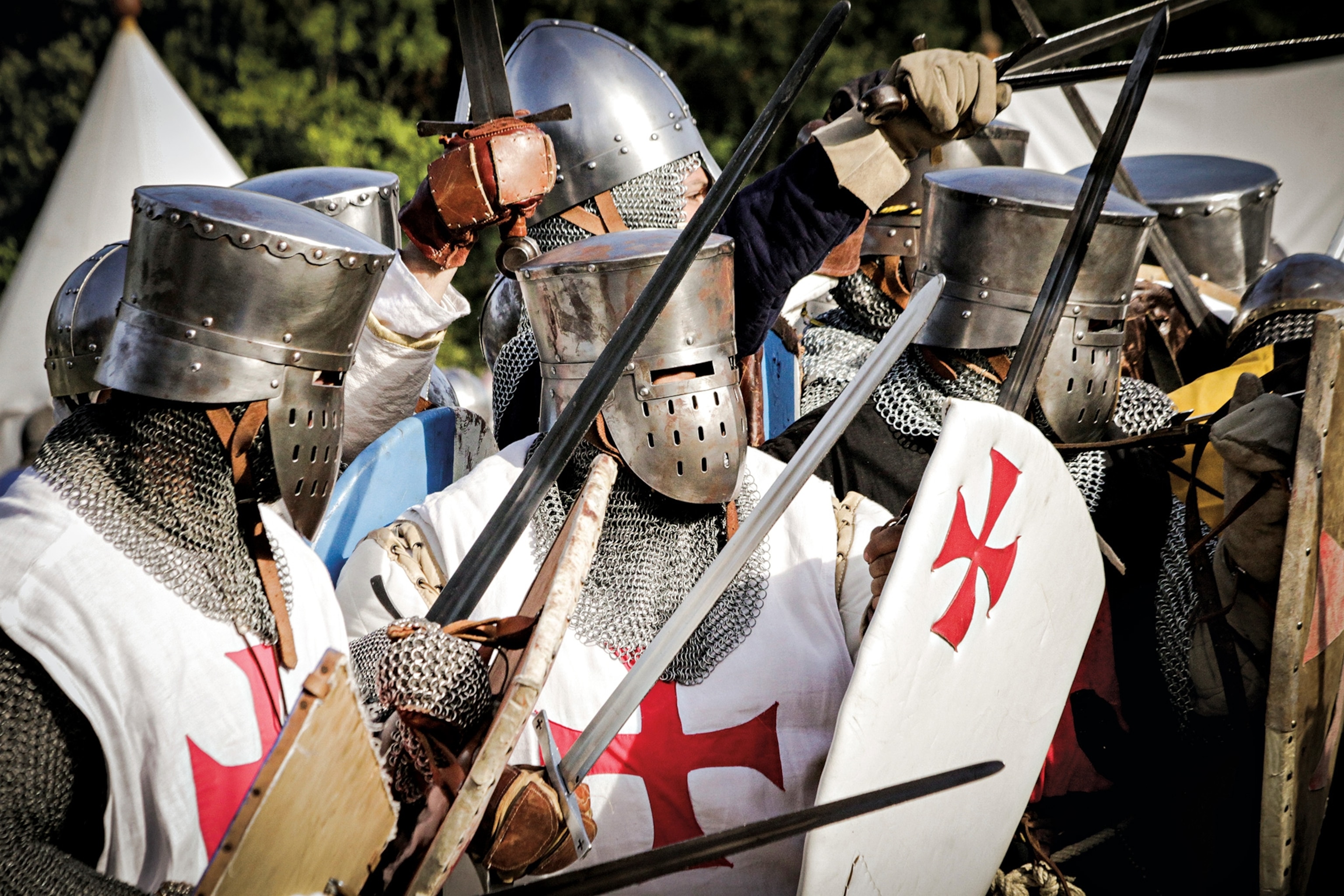
Formed circa 1119 when Baldwin II, then king of Jerusalem, charged a group of knights to protect all Christian pilgrims to the Holy Land, the Templars were readily recognizable by their white robes marked with a red cross. They developed a particular expertise in finance and soon became one of the most powerful knightly organizations, even credited with developing a new banking system.

After the crusaders were defeated in the Siege of Acre in 1291 and forced to flee the Holy Land for Cyprus, the Knights Templar never articulated a new mission. King Philip IV of France, who was deeply in debt to the order, exploited its disarray—and its reputation for secrecy—by arresting most of the Templar leadership in France. Several Knights Templar were burned at the stake on trumped-up charges, which only served to increase the order’s mystique.
It was officially disbanded in 1307, but its legend lives on. Today, many secret societies in France, Germany, and Italy claim to be descended from the Knights Templar, including the Association Française des Chevaliers du Christ, which enjoys support from the Vatican.
(The Children's Crusade set out for the Holy Land in 1212. It never arrived.)
Evolving church

The Freemasons
Known for their white aprons, secret handshakes, and mysterious symbols, the Freemasons have allegedly helped plot the American and French Revolutions and plan the design of Washington, D.C. With chapters all over the world, members have included George Washington, Voltaire, Wolfgang Amadeus Mozart, Harry Houdini, Franklin D. Roosevelt, Winston Churchill, Gerald Ford, and Buzz Aldrin.
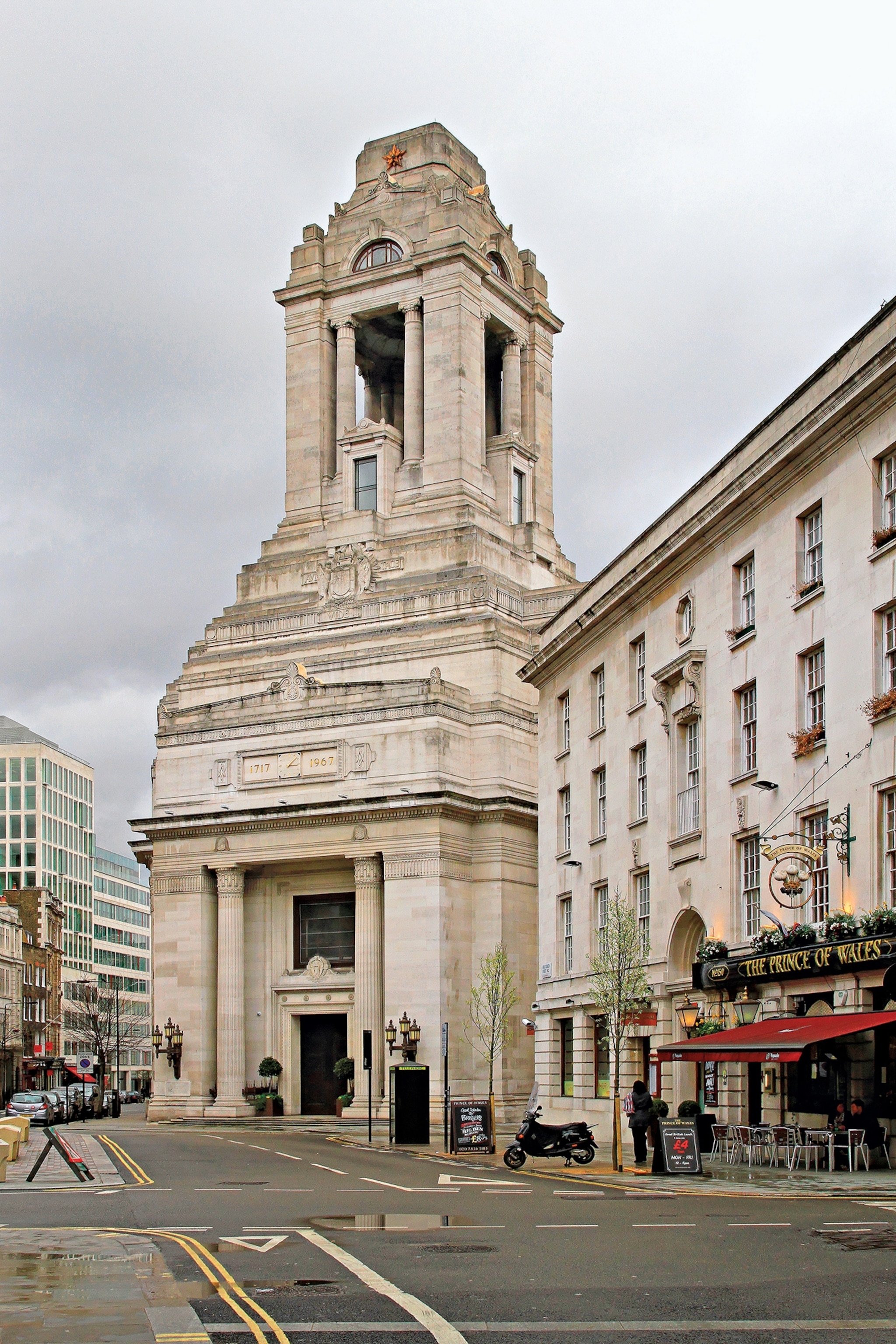
The origins of this mysterious organization are murky, but it is believed to have begun in Europe as far back as the Middle Ages. Early members were a guild of professional masons or stoneworkers who, unlike most other commoners, had the means to travel to different cities and lands, which gave these artisans a unique and liberal worldview that transcended local customs.
Over time, the Freemasons downplayed stoneworking as they discussed Western philosophical and intellectual ideas grounded in the Enlightenment, including anti-monarchism, constitutional government, and republicanism. As a nonreligious, nonpolitical society, Freemasonry defined a new set of moral and spiritual values, which were instilled through a series of ceremonies and rituals, by which members steadily advanced through the ranks (using stonemasonry as a guiding metaphor—they rose from apprentices to journeymen to master masons). The Freemasons remain a flourishing organization today, with many member units throughout the world devoted to charity and other good works.
(8 popular Freemason myths decoded)
Washington's lodge

The Tiandihui and Hongmen
During the turbulent 18th century in China, the Tiandihui, or Society of the Heaven and the Earth, formed as a spiritual cult led by charismatic leaders in Fujian Province. They were forced underground by the Qing dynasty, becoming a ferocious resistance movement against the Qing Manchu rulers. They resorted to armed robbery to maintain financial stability.
The Tiandihui inspired other societies, including a Masonic-type organization known as the Hung Mun or “Hongmen.” Members included Sun Yat-sen, founder of China’s first republic; and Gen. Chiang Kai-shek, Taiwan’s founder. Some remained true to the Tiandihui ideals of patriotism, loyalty, and justice, but others drifted into criminality, inspired by the Tiandihui penchant for Robin Hood-style holdups. The most famous of these is a group known as the Triads, which today is one of the largest Asian crime syndicates in the world.
(Guided by faith, the Taiping Rebellion nearly toppled the Qing dynasty.)
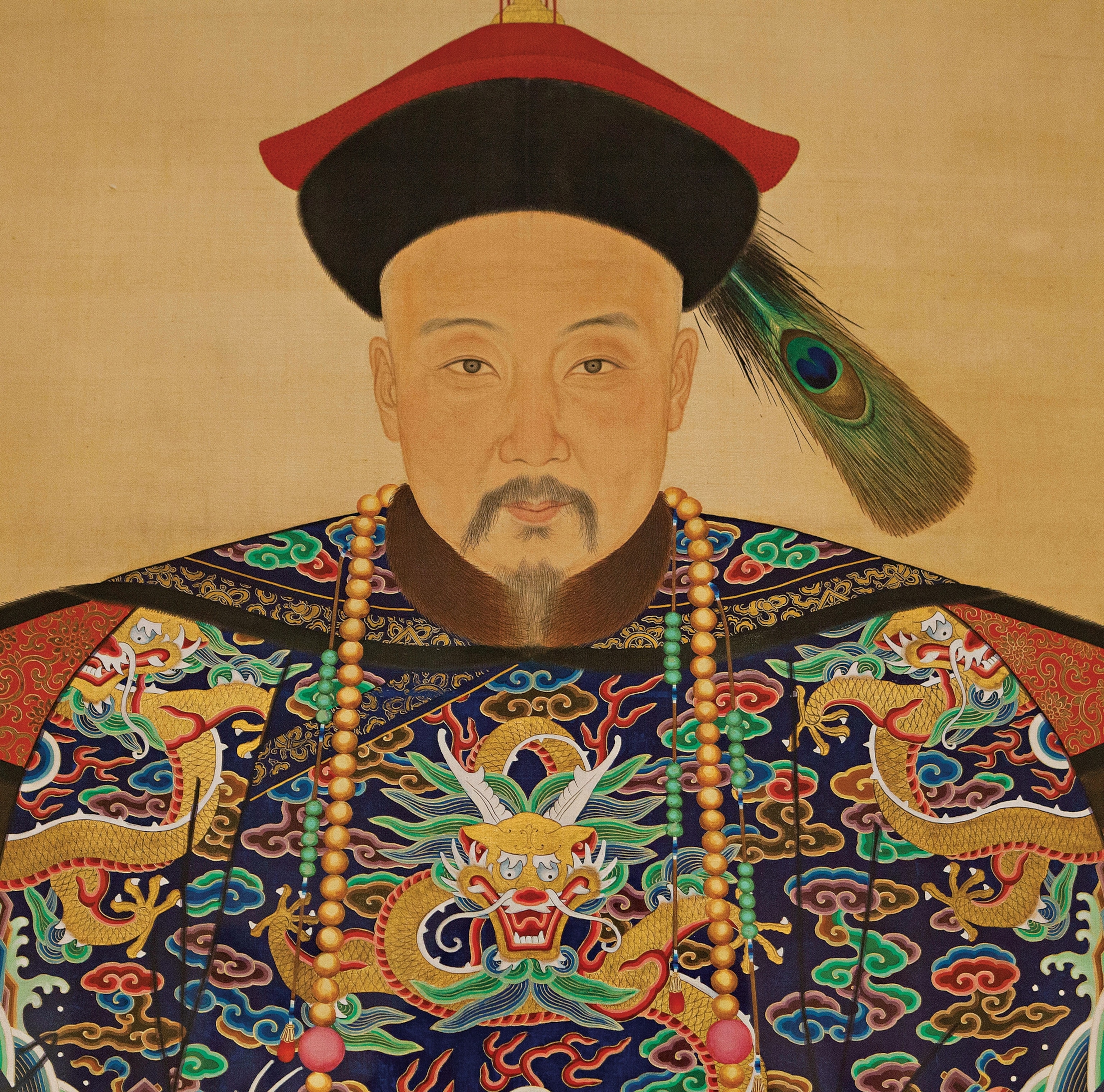
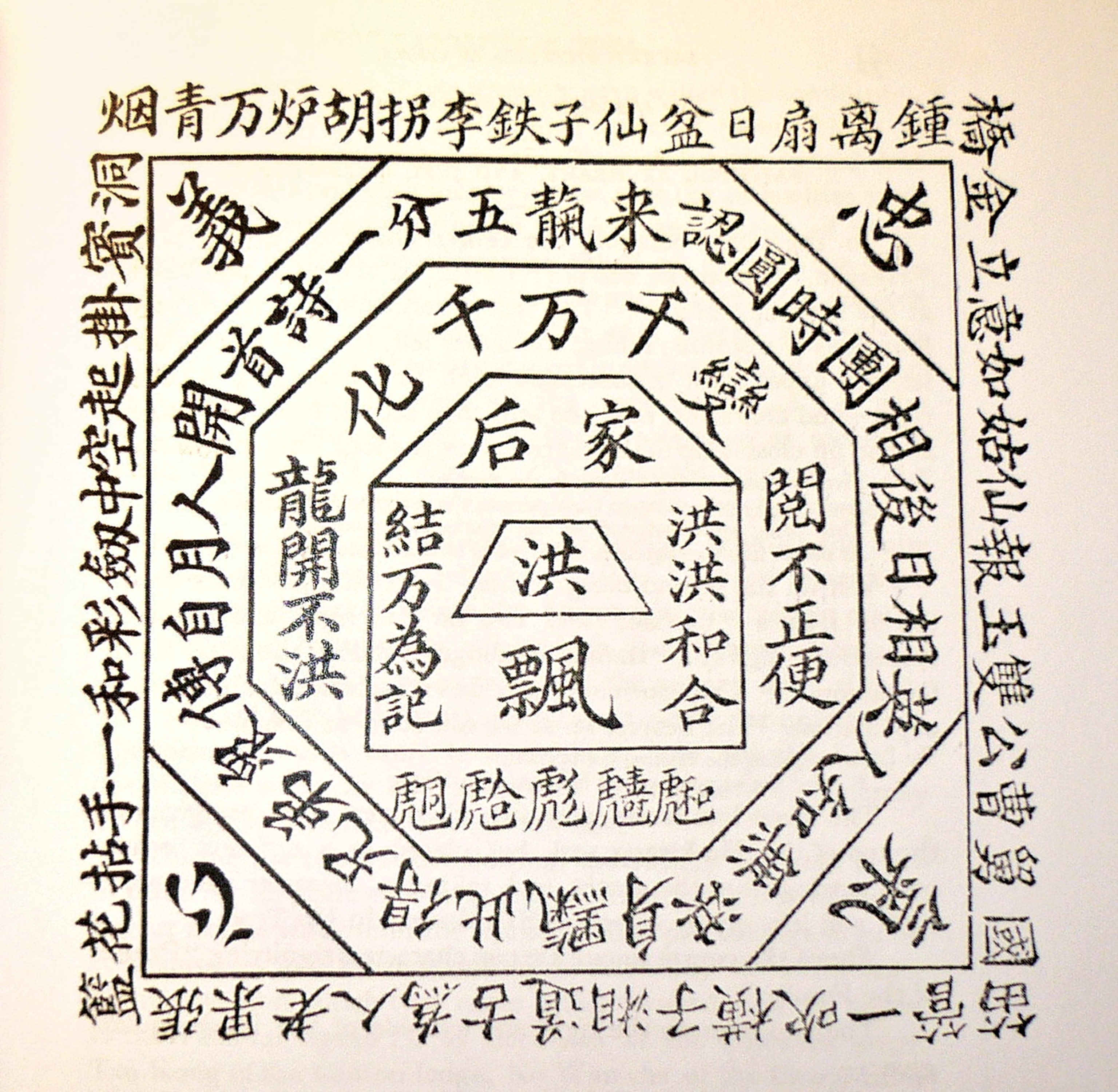
To learn more, check out Secret Societies. Available wherever books and magazines are sold.

